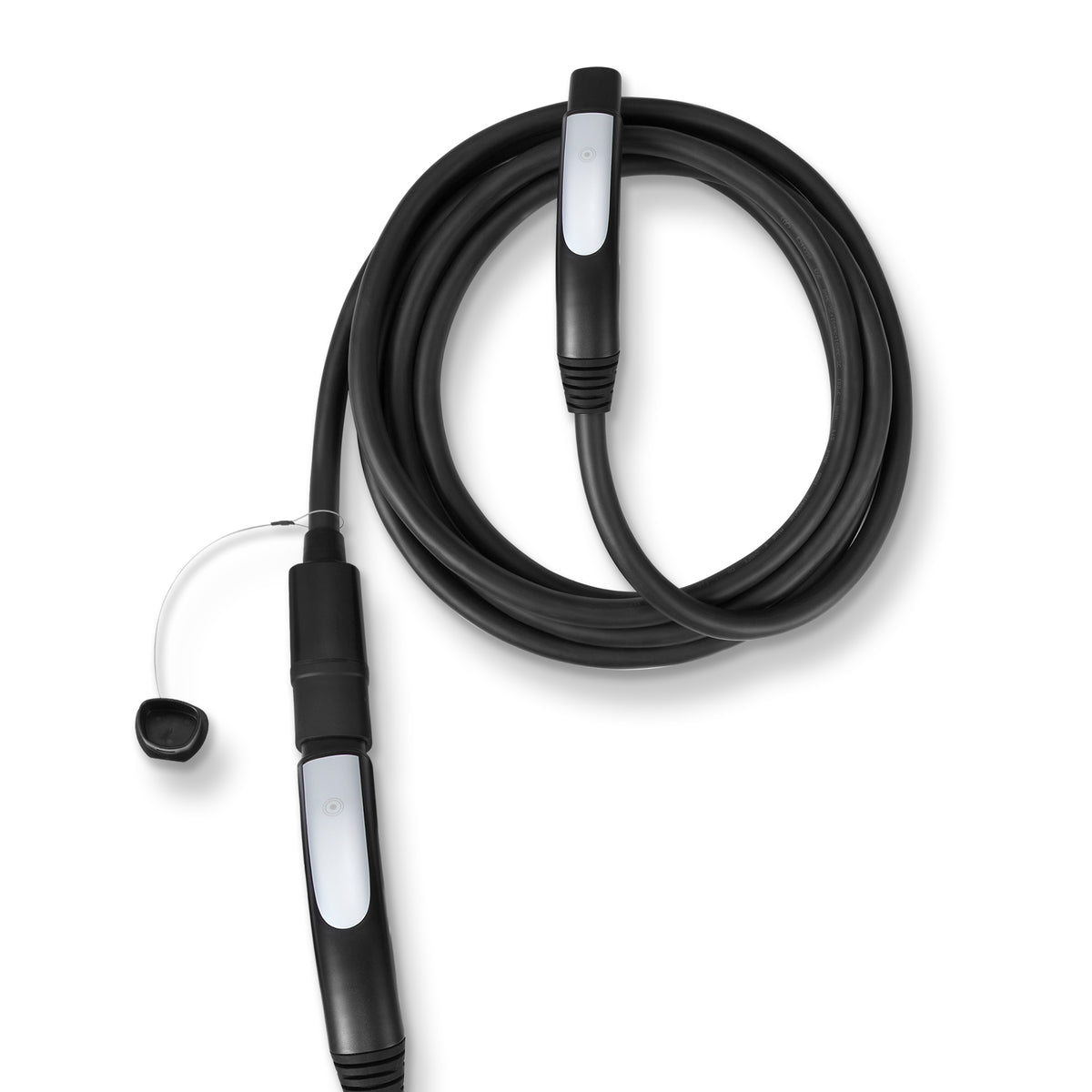So yes I am using a standard 120V GFCI outlet. No, I don't have a garage. Outlet outside on side of house with a clear cover (standard new house install)
Driveway distance from outlet exceeds mobile connector cord length so using heavy 10 gauge 25ft extension cord.
Anybody else burning out extension cord wires?
So I try my best to keep where the cord connects to the mobile charger dry.
But I still manage to fry cords. I'll get a notice the car has stopped charging and then see a black mark on the ground on the female side of the extension cord. The extension cord connector is clear so you can see the damage.
I assume water infiltration is causing grounding.
So that's 3 spots where it can fail. At the outlet (which with the cover up could get wet), at the extension/Mobile connection (my top suspect), and of course at the charger door.
My fear is someday I'll short my mobile connector and be basically helpless.
So to remedy this I have
1) purchased a new outlet cover that has a hole on the bottom so you can close it when in use.
2) purchased these small (like 2.5mm) gaskets that you can slip between the extension cord/mobile connector to supposedly help prevent water infiltration.
3) need ideas on the charger door area
Any suggestions?
Driveway distance from outlet exceeds mobile connector cord length so using heavy 10 gauge 25ft extension cord.
Anybody else burning out extension cord wires?
So I try my best to keep where the cord connects to the mobile charger dry.
But I still manage to fry cords. I'll get a notice the car has stopped charging and then see a black mark on the ground on the female side of the extension cord. The extension cord connector is clear so you can see the damage.
I assume water infiltration is causing grounding.
So that's 3 spots where it can fail. At the outlet (which with the cover up could get wet), at the extension/Mobile connection (my top suspect), and of course at the charger door.
My fear is someday I'll short my mobile connector and be basically helpless.
So to remedy this I have
1) purchased a new outlet cover that has a hole on the bottom so you can close it when in use.
2) purchased these small (like 2.5mm) gaskets that you can slip between the extension cord/mobile connector to supposedly help prevent water infiltration.
3) need ideas on the charger door area
Any suggestions?




